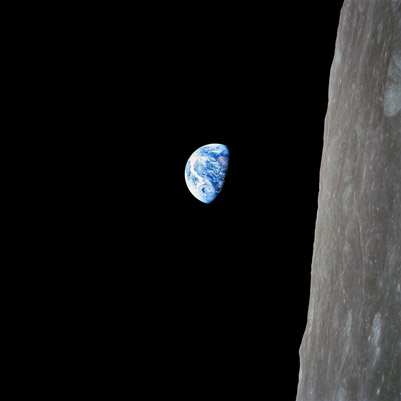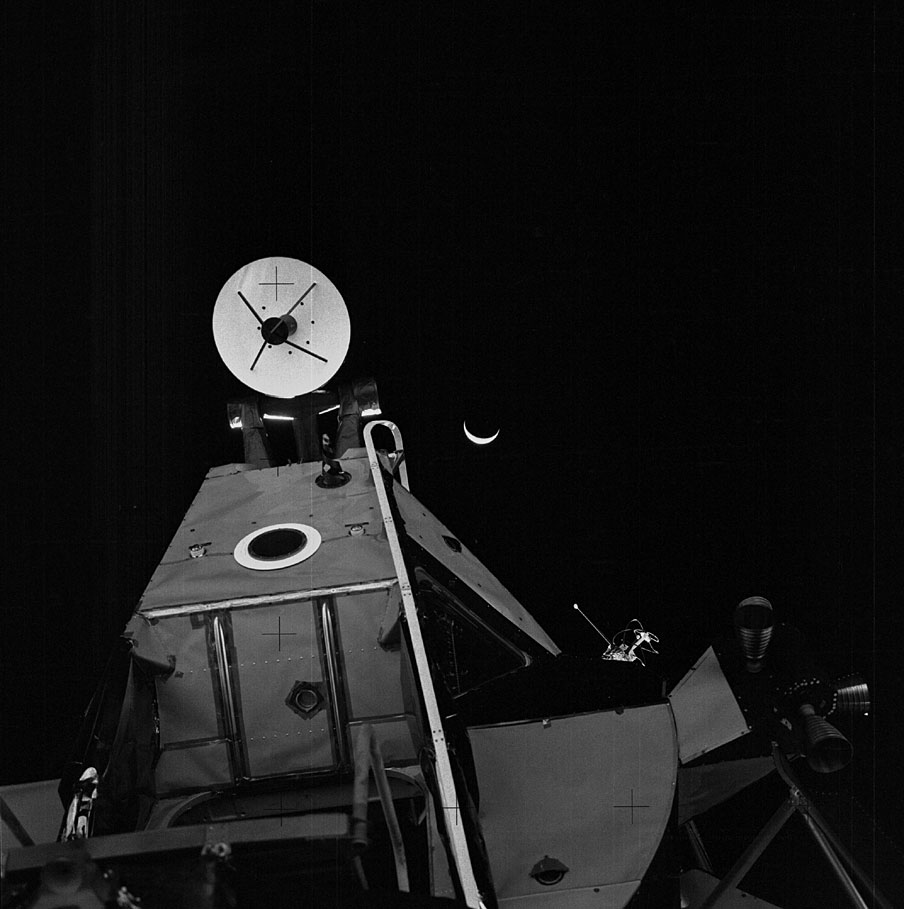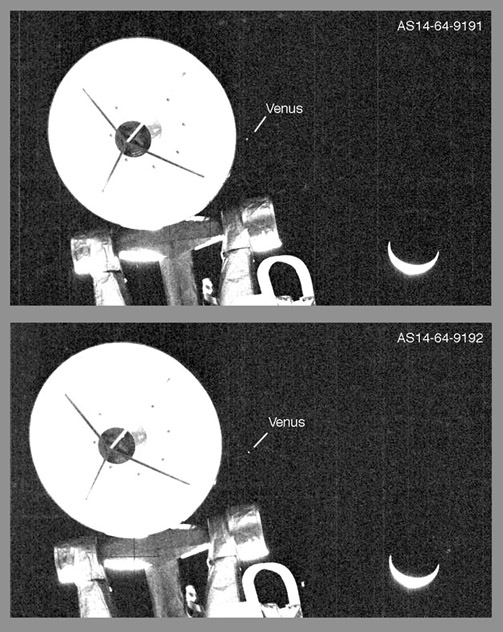FirstClassSkeptic wrote:I have doubts that NASA can get heavy payloads into a vacuum. It appears to me, from watching Apollo rocket launches, that a rocket engine works just like a propeller on an airplane; by moving lots of air. When they get into a vacuum, they fizzle. So they might move a light payload. But no landing four ton crafts on the moon, and no rover on Mars.
Your initial premise derives from fundamentally incorrect assumptions. The thrust from a rocket derives from the expanding gasses in the combustion chamber exiting at high velocity. The action/reaction of Newtonian physics does not require atmosphere, and in fact atmosphere impedes a rocket rather than assisting it in any way. The exhaust gasses have to push against the ambient air pressure and shove atmosphere out of the way.
One puzzlement: The nozzle. All the rockets NASA pictures as going into space, like the lunar module, the service module, have a nozzle on them. Since the nozzle is supposed to adjust to air pressure, it would have to be infinitely big for zero air pressure. It would make more sense to have no nozzle at all.
Nozzles do not "adjust to air pressure." Nozzles designed for sea level air pressure are different than those designed for higher altitudes, and are different from those designed for use in vacuum.

In atmosphere the exhaust gasses are "squeezed" by the surrounding air pressure, but in vacuum they flare out unimpeded. Nozzles are designed to maximize thrust in each condition by controlling velocity of the gasses.
http://microgravity.grc.nasa.gov/educat ... ozzle.htmlOne suspect: In rocket calculations, they use the exhaust gas velocity. However, this parameter is not measured empirically. What they do is put a rocket engine on a test platform, fire it, and measure the thrust (in an atmosphere) and the flow rate of fuel and air (Mass flow rate) They then calculate an effective exhaust velocity which they then use in their calculations. It's doubtful to me that the exhaust achieves the velocity they claim. It also doesn't prove it will operate in a vacuum.
Do you have any reason for the bolded statement above?
Satellites: Definitely something up there. But, how high? Are they held there my Newtonian mechanics, as claimed, or by something else? Are they even out of the atmosphere?
You could answer your questions yourself with simple research. Can you provide evidence of some way of keeping satellites up other than Newtonian physics?
Far side of moon pictures; The first pictures by the Luna craft of Russia look to me like close up pictures of rusted, pitted steel. I doubt that any far side picture is genuine. Close up pictures claimed to be from a lunar orbitor of the near side of the moon could just be computer filtered/enhanced pictures. Pictures of earth's deserts could be used to fabricate or simulate the lunar surface of the far side, or fill in unknown details of the near side. (Which might explain some of the structures claimed to be spotted by some, who say there are moon bases on the far side of the moon. It might just be a building in Arizona.)
All pictures of the moon from all nations who have taken them are consistent with one another. Just because something "looks like" another thing doesn't mean it IS that other thing. For all the far side pictures to fake would require cooperation between the Soviet Union 50 years ago and Japan today. Not sure how that would be achieved without time travel.
Mars rover pictures: If you put them into a image editor and turn down the red drive, the pictures claimed to be from a Mars rover take on an earthly appearance, with blue or white sky.
Again, the terrain is consistent.



